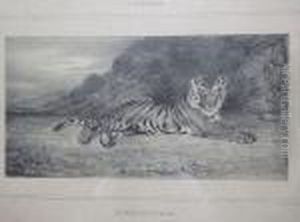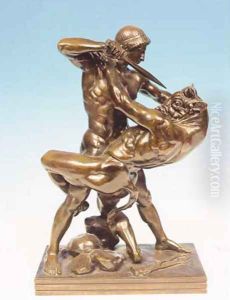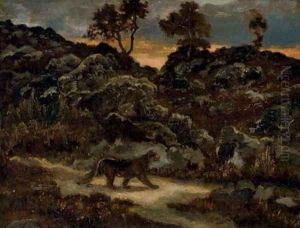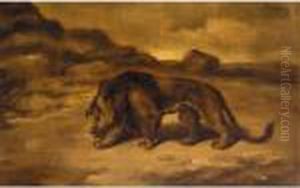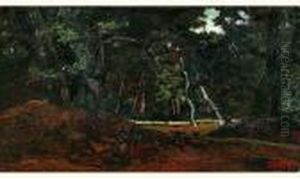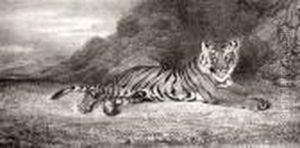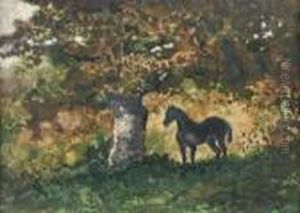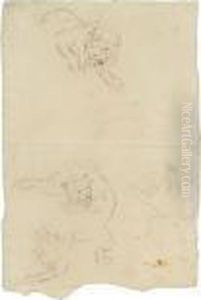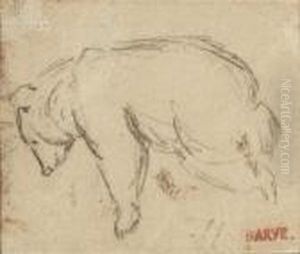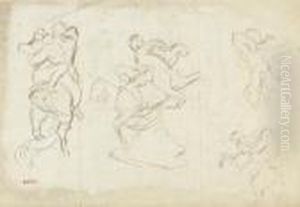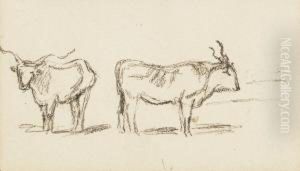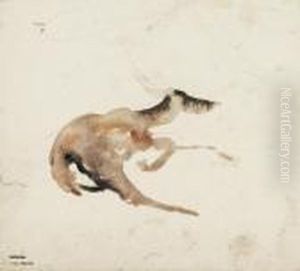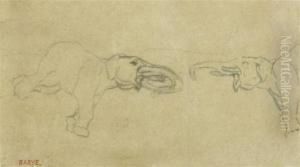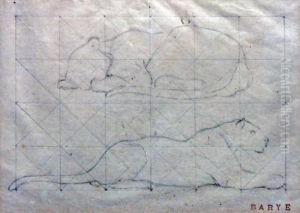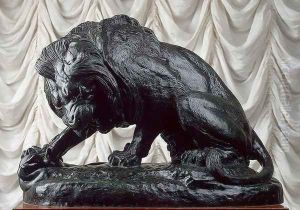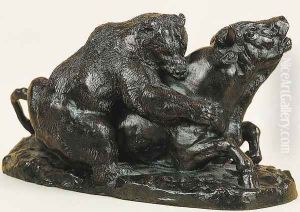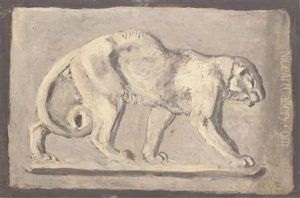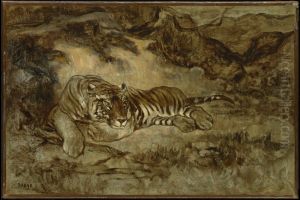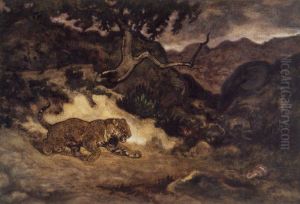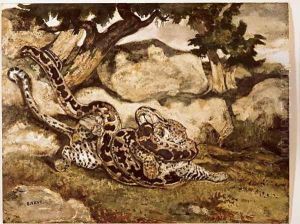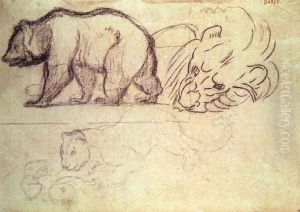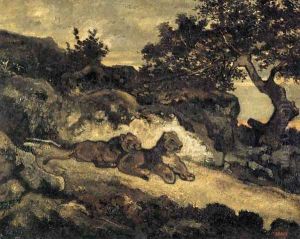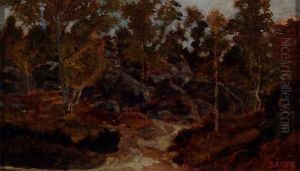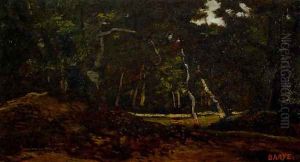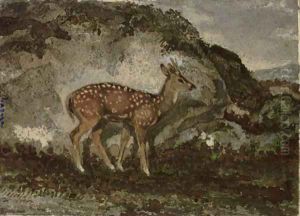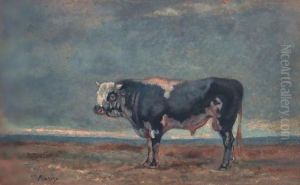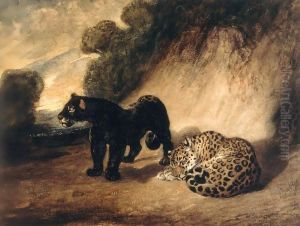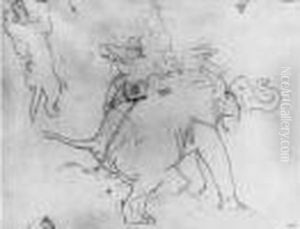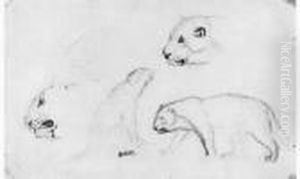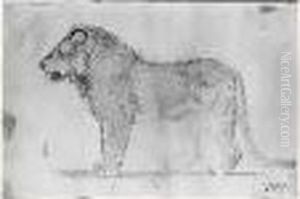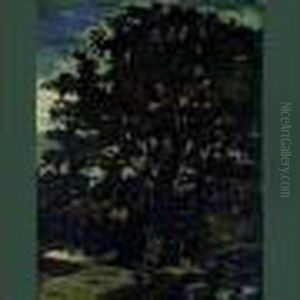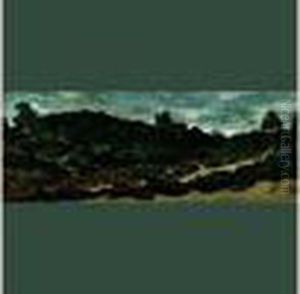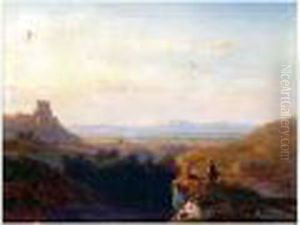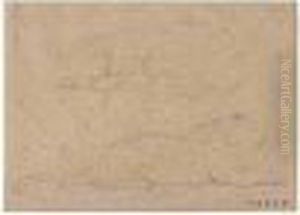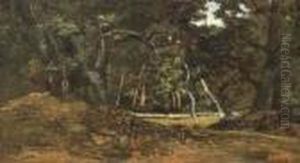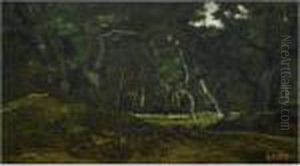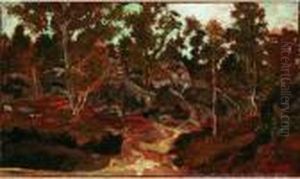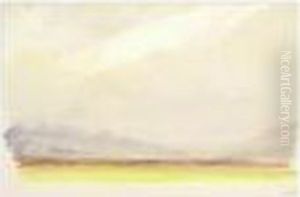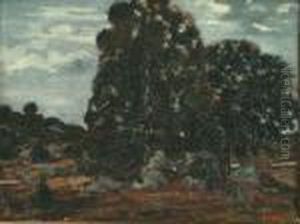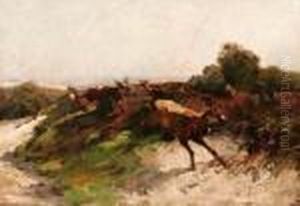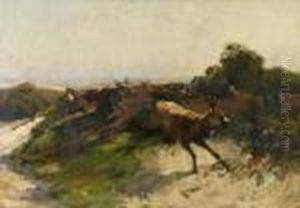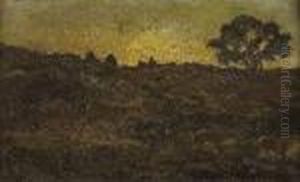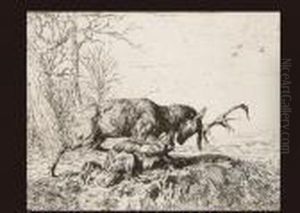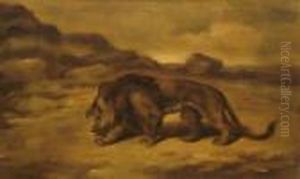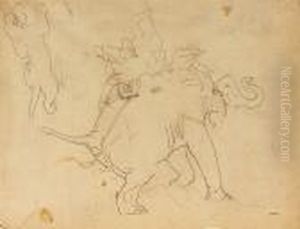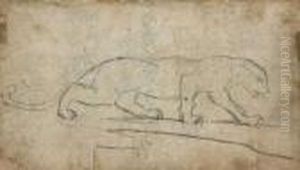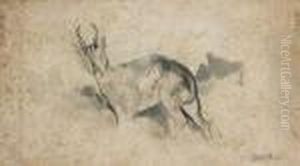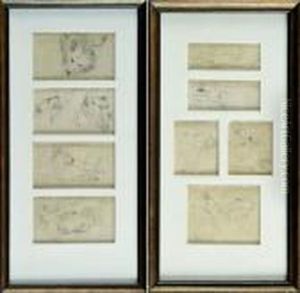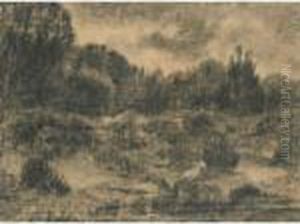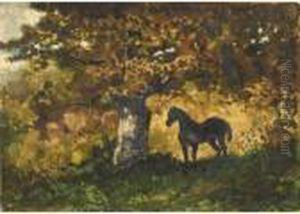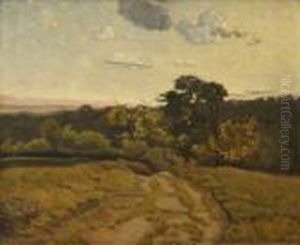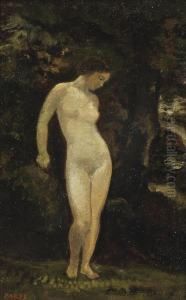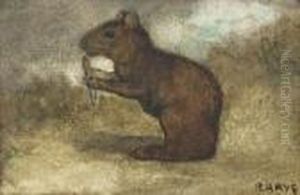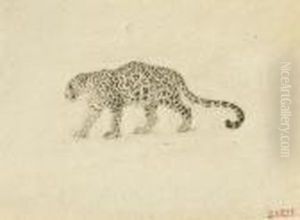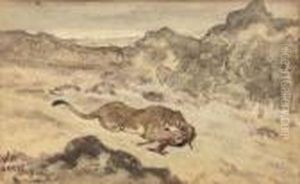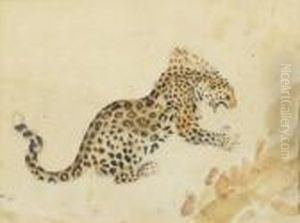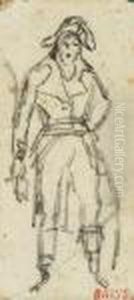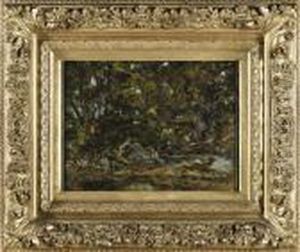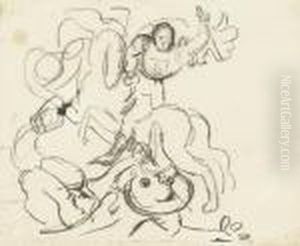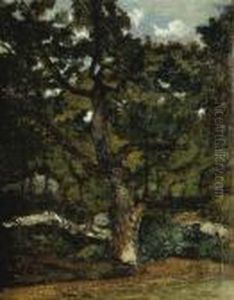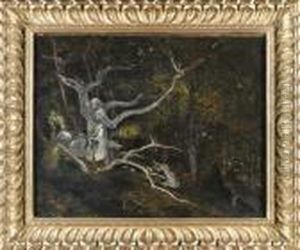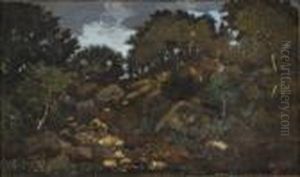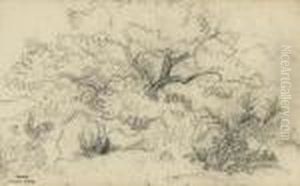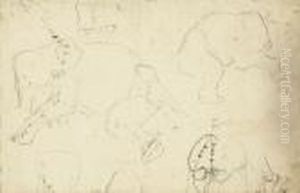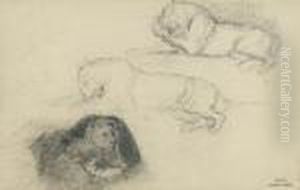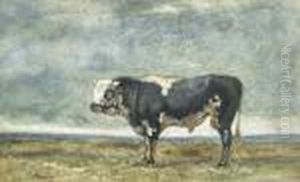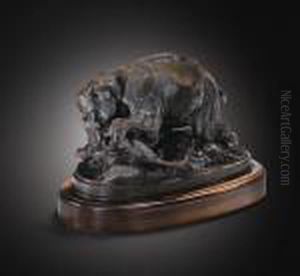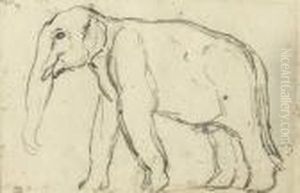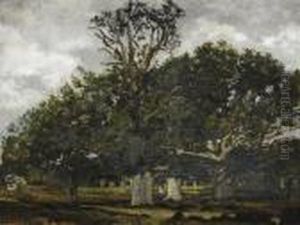Antoine-louis Barye Paintings
Antoine-Louis Barye was a celebrated French sculptor most famous for his work as an animalier, a genre of artists specializing in the realistic portrayal of animals. Born on September 24, 1796, in Paris, France, Barye began his artistic journey at a young age despite the initial disapproval of his father.
Barye's talent became evident as he started his apprenticeship with a metal engraver, eventually moving into the realms of sculpture. He studied under renowned sculptor François-Joseph Bosio and painter Baron Antoine-Jean Gros at the École des Beaux-Arts in Paris. This period was crucial for developing his skills and understanding of artistic expression.
During the 1830s, Barye started to gain recognition for his work. His debut at the Salon of 1831 was marked by the piece 'Tiger devouring a Gavial Crocodile,' which earned him widespread acclaim. Unlike his contemporaries who focused on more traditional subjects, Barye was captivated by the natural world and dedicated his art to capturing the dynamic essence of wildlife. His sculptures were marked by a level of detail and vitality that reflected both his deep observation of his subjects and his technical prowess.
Despite his success, Barye faced financial difficulties throughout his career, in part due to his insistence on the perfection of his pieces and the time this took. He was employed by the porcelain manufacturer Sèvres, where he designed models, but his primary passion remained his bronze animal sculptures.
In the 1850s, Barye's fortunes began to change as he received commissions from Napoleon III and gained recognition from the state. He was appointed to the position of professor of drawings at the Museum of Natural History in 1854, and his works became sought after by collectors and patrons, including American industrialists and European nobility.
Barye's approach to sculpture was innovative; he was among the first to create small bronze animal sculptures that were accessible to a broader audience beyond the elite. He aimed to democratize art through these works, enabling middle-class individuals to own and appreciate high-quality art.
Throughout his life, Barye's dedication to the naturalistic portrayal of animals never waned. He sought to imbue each piece with a sense of life and motion, often depicting animals in the midst of action or interaction. His legacy is that of a masterful sculptor who bridged the gap between decorative art and fine art, and who profoundly influenced the animalier movement.
Antoine-Louis Barye passed away on June 25, 1875, in Paris. His work continues to be celebrated for its artistic merit and its contribution to the field of animal sculpture. Barye's pieces are held in numerous museum collections around the world, and his influence can be seen in the work of many subsequent artists who have followed in his footsteps.
